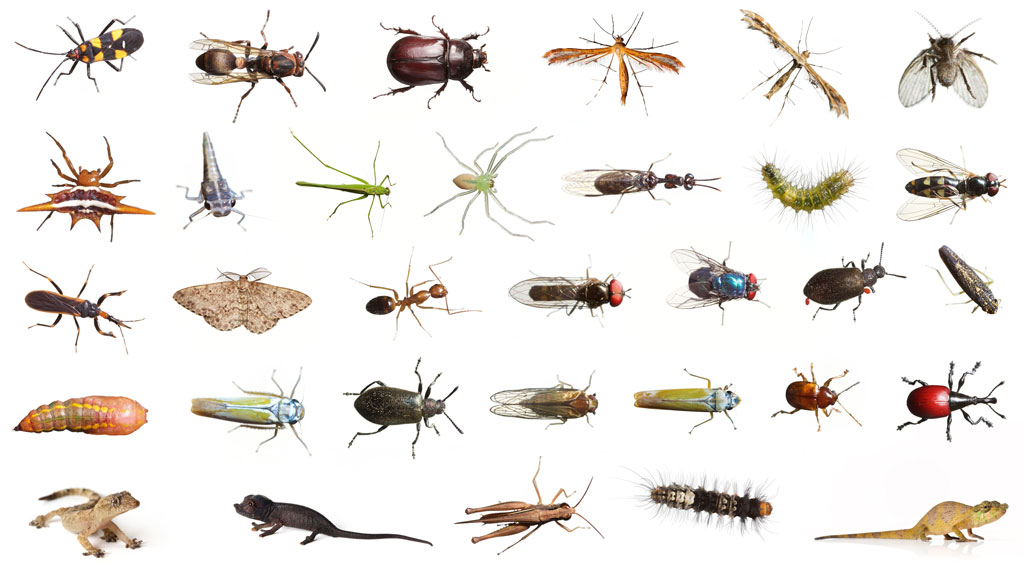Zoo Society Director of Programming and Conservation Action Tom Snyder will be documenting the team’s findings as One Cubic Foot Madagascar continues.Traveling to a new country always gives you experiences you never knew you would have. On the Seneca Park Zoo Society trip to Ranomafana National Park in Madagascar, this has definitely been true. At every bend of the road, and every descent down a mountain, we have seen things that give us a new perspective on our own lives and inform us about our own ecosystem.
In a nation that has lost approximately 95% of its forests, Madagascar’s biodiversity is concentrated in isolated forests, and the Ranomafana forest is one of the richest on the island. At just over 41,000 hectares, the One Cubic Foot team is just beginning to explore around Centre Valbio (CVB), the field station located along the edge of the National Park. The park has secondary forest, as well as primary forest, and we plan on exploring and documenting both.
The CVB field station was built specifically for field research, and features multiple lab spaces, enough room for 52 researchers, a meeting hall, dining hall, access to trails, and a well-trained staff of scientists and specialists. It also functions as a major local employer of over 80 local citizens creating a large positive impact on the local economy.
Our job is to document the biodiversity of the park, and within the first full day on site (Monday) we found some amazing animals. One of the first we found was a plume moth.These are considered micro-moths, and have unusually modified wings that resemble feathers. They are found throughout the world, including North America, where they can be pests to crop producers.
Exploring around CVB also uncovered a few local chameleons, the Clumma nasutum, or Big Nosed Chameleon.This small arboreal chameleon was found multiple times just outside the doors of CVB, and features great colors, a grumpy looking, down-=turned mouth, and a nose appendage that gives this chameleon a ton of character.
After a long first day of collecting, identifying, and processing animals, we already have a plethora of documented biodiversity that can be found at Ranomafana National Park, Madagascar.We are excited to hike to the primary forest about two hours away to scout for the most biodiverse One Cubic Foot that can be found in Ranomafana National Park, Madagascar. Stay tuned for more updates!All photos courtesy of David Liittschwager








